Some nice answers already, so I'll go in a different direction.
Regarding sending a low freq. (<150Hz) analog voltage signal with CAT6 STP cable
Since you say this is a cable for a sensor, we're not talking about telephony or bidirectional transmission. So, at these very low frequencies, unless your cable is something like 1km long you won't have to worry about transmission line effects, and therefore there is only one interesting parameter to model your cable: its capacitance. At 100pF/m for 100m, let's use C=10nF.
Your sensor's output will have an output impedance too. This is important.
If the sensor's output impedance is resistive, and high enough, then it will create a RC lowpass with the cable capacitance. For example, if your sensor has a 1MegOhm output impedance, then with C=10nF you'll have a lowpass with a corner at 15Hz, so your 150Hz frequency of interest will be quite attenuated. In this case you will need a buffer or an amplifier to drive the cable from a lower impedance, and it should be able to deliver enough output current to drive the cable capacitance at the frequency of interest.
If the sensor output impedance is reactive, for example it is a magnetic pickup, the cable's capacitance can create a resonance peak at some frequency. If the sensor is capacitive (like a piezo) then the cable inductance can create a LC resonance. This is why, even if the cable only transmits very low frequencies and you don't have to worry about transmission line effects, it is a good idea to add a resistor equal to the cable's characteristic impedance in series to dampen any resonance. If your sensor has a very reactive impedance, perhaps you need to think about it and calculate a resistor value for proper damping.
If the cable is driven by an opamp, it can become unstable, as opamps generally dislike capacitive loads. Again, add a series termination resistor equal to the cable's impedance.
A "surprise" effect of cable capacitance is that it also tends to vary when the cable is bent, or someone steps on it, which will create charge proportional to the DC voltage on the cable multiplied by capacitance variation. In other words:
\$ q = Cv \$ implies that \$ \partial q = C \partial v + v \partial C \$, don't forget your partial derivatives! ;)
There is also tribo-electricity. If a long cable is driven by a high impedance, it can become quite a good microphone. The resulting voltage is proportional to the impedance of the driver, so if your driver has a low impedance it is much less of a problem. If it is high impedance (like ECG electrodes or stage microphone) then a bit more caution is warranted.


